It’s a well-worn truism that even seemingly disparate elements are often connected to each other in unexpected ways. Take your association’s roof, for example. Here in New England, if it’s a pitched roof, most likely its shingles are made of asphalt. Asphalt is petroleum-based - and petroleum products are connected to climate change. The extremes of heat and cold we are experiencing (and will continue to experience with greater frequency as the planet warms) are impacting both your roof and the materials it’s composed of, shortening the usable life of both. How to break that cycle? One Massachusetts-based company has a possible solution.
What Are Asphalt Shingles?
Most pitched roofs are composed of shingles made from a petroleum byproduct called liquid asphalt that keeps the shingles pliable and flexible. Over time however, as shingles are exposed to successive cycles of heat and cold, moisture and drought, they lose their flexibility. Very much like our own skin, - and yes, like our asphalt blacktop driveways - roofing shingles dry out from exposure to the sun, and will deteriorate and eventually crack.
Until recently, the useful life of shingles - and by extension the roofs they comprise - was typically 20 to 30 years. But according to David Levy, PCAM, and president of Roof Maxx Framingham & National HOA/Condo Channel Partner, that’s no longer the case. “Today, we find that roofs are failing prematurely in many parts of the country,” he says, “and part of the reason for this failure is climate change. We now see roofs requiring replacement in as little as 15-20 years.”
This shortened lifespan is partly due to the fact that between 1995 and 2000, large oil companies made alterations to their refining process that reduced the production of liquid asphalt by about half. With less product to go around, prices went up - and today, shingle manufacturers put less liquid asphalt in their shingles than they did in the past - some 25-35% less - and replaced it with limestone. With less liquid asphalt acting as a lubricant in their composition, shingles are deteriorating faster, and simply don’t last as long. Enter Roof Maxx.
What is RoofMaxx?
According to Levy, Roof Maxx is an alternative to a premature roof replacement. It’s a way of preserving the shingles you already have. Sprayed directly onto existing shingles, it acts like a moisturizer - something like Oil of Olay for your roof - rejuvenating the asphalt and restoring that all-important pliability to the material. What’s more, it's also made from a sustainable, environmentally-friendly material: soy.
“What’s revolutionary about Roof Maxx is that it does not contain a petroleum-based product,” says Levy. “It’s soybean oil based - so there’s an unlimited supply. It’s also more durable over time, because liquid asphalt is not environmentally friendly to begin with, and dries out from the sun. RoofMaxx is actually designed to be put into the shingle to replace the liquid asphalt that has evaporated out. It wouldn’t be feasible to put liquid asphalt back into the existing tile.”
Levy knows roofs intimately. He’s spent more than 30 years in property management, guiding client communities and associations through capital roof repair and replacement projects both large and small. He’s well familiar with the toll the elements take on roofing materials over the years - and the cost of letting deterioration go too far before addressing it. Sustainability and environmental issues have also been important to Levy over the years, so when he retired from property management and decided to try something different, he explored eco-friendly business opportunities. Roof Maxx was just such an opportunity - so Levy says he did a lot of research and due diligence, and ultimately was very impressed with the product, the science supporting it, and the owners of Roof Technologies, who have the rights to this innovative product. “I’m also proud to say that Roof Maxx is American-made,” he adds.
How Does it Work?
No matter what style of roof is on your building or HOA, Levy stresses that it should be inspected at least every three to five years. He says that property owners with flat roofs are generally aware of the need for annual inspections, and diligent about conducting them - so maintenance gets done regularly, whether proactively or reactively. By contrast, pitched roof property owners are less likely to conduct regular inspections (partly because inspecting a sloped roof is both more difficult and more dangerous than inspecting a flat one). Let go for too long, this neglect leads to roof materials becoming so desiccated and eroded that the only solution is a total replacement.
Levy says that while Roof Maxx isn’t a cure-all for a roof that’s passed the point of no return, application of the product can often turn the clock back and head off that major capital improvement. “When we determine that the shingles are drying out, yet still structurally stable, a RoofMaxx treatment is in order. Before we apply Roof Maxx, we first do a ‘tune-up’ on elements that are at risk.” He says a ‘tune-up’ is the same work you might do as the preparation for a paint job; his crew might replace some shingles and make other minor repairs, then treat the entire surface to reverse prior deterioration.
Prior to treating a roof, Levy says, “We send flyers out to residents to make them aware of the process; communication is key. Then we do the ‘tune-up’ work and the Roof Maxx application on the same day. When we apply Roof Maxx, we are rejuvenating the entire roof. The product is applied with a special soft sprayer, and usually requires a two-to-three-person crew an hour or two to treat each building.”
Environmentally (and Wallet) Friendly
According to Levy, Roof Maxx is the result of advances in bioscience, and in fact is a USDA Certified Biobased Product. With 300 dealers, Roof Maxx is the only national company in the roof rejuvenation category that has invested in third-party testing (the industry gold-standard) to verify the effectiveness of its product. Its primary ingredient is soybean oil, treated in such a way that when applied to a shingle, it’s absorbed deep into the material, replacing the liquid asphalt leached out by the sun. This restores the shingles’ flexibility, and prevents excessive cracking and warping that can lead to leaks and other headaches.
In addition to reducing leaks, buying associations precious time between capital repairs, and reducing dependency on fossil fuels, Levy says Roof Maxx also reduces the amount of waste piling up in landfills. Roofing shingles represent 10% of all construction trash in this country, with even the average single-family home putting 3.8 tons of waste into landfills each time a roof is replaced. In addition to their petroleum composition, most roofing shingles also contain fiberglass backing that can take nearly two centuries to fully decompose. Extending the lifespan of roofing materials means fewer roof replacements - which means less waste.
Pricing
Pricing for any roofing service, whether it be repair, rejuvenation, or replacement, is of course by the size of the roof, the pitch, and other logistical issues. According to Levy, rejuvenation often costs less than a dollar per square-foot, which includes some proactive repairs before the rejuvenation itself. “If the roof has excessive organic growth that needs cleaning,” he adds, “we work with the board and property manager on cost-effective options.” That cost stands in significant contrast to a roof replacement, which Levy says can run between $5 and $7 per foot.
“However - and this is critical for board members and property managers to understand,” says Levy, “many townhouse condo communities find out during the engineering review process that a significant amount of siding must be removed in order to install ice and water membranes up the side wall. In my 30-plus years of condo management experience, I’ve witnessed roofing projects that were noted in the reserve study at $5 per square-foot or $10,000 per family turn out to be $25,000 or more per family for this very reason. Siding removal can turn a roof project into a façade project as well, with a need for a major special assessment and/or a very long-term loan. There are certainly times when such a project is justified. However now there’s finally an alternative to simply allowing your asphalt roofing shingles to prematurely dry out.”
When it comes to the comparative value of doing a proactive rejuvenation as compared to doing nothing until the roof needs to be replaced, Levy says that “Once they realize the value, both financially and to the environment, they ask implementation questions, financing options, and about the impact on residents. We are working with two local banks that offer 3-year loans on a Roof Maxx service, which is very helpful to the cash flow of most condominium communities.”
For more information about Roof Maxx, you can contact David Levy directly at 508-294-9460 or ddlevy@roofmaxx.com.



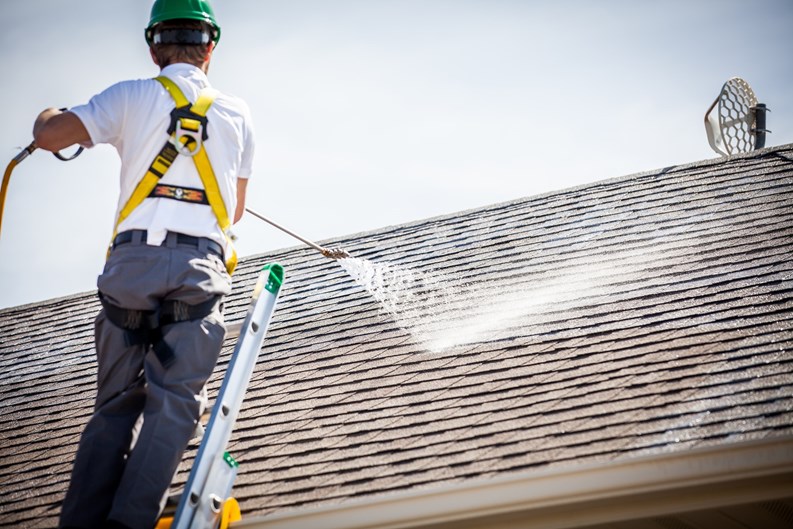
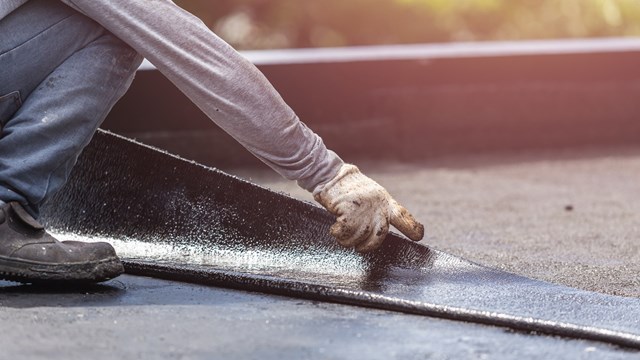


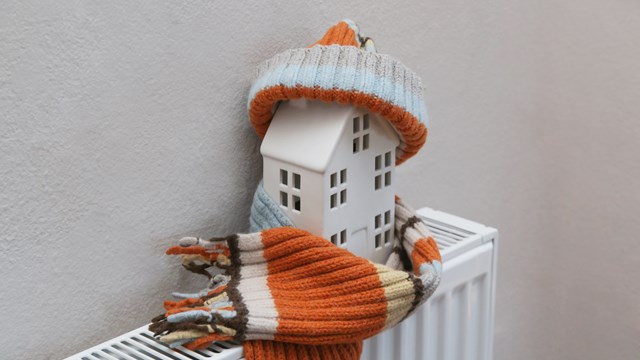
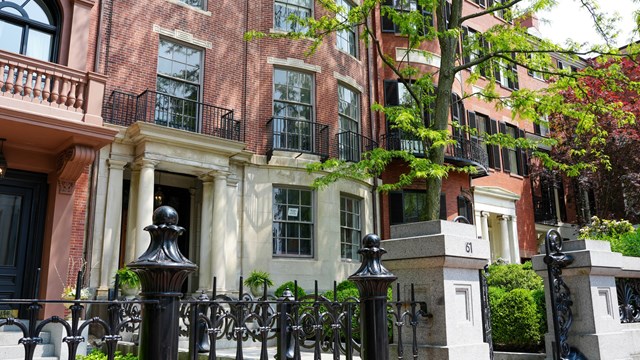
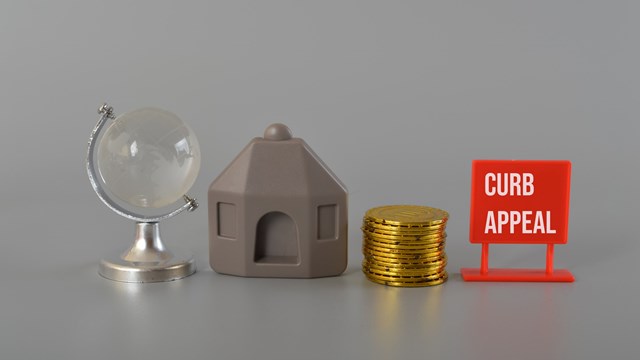
Leave a Comment